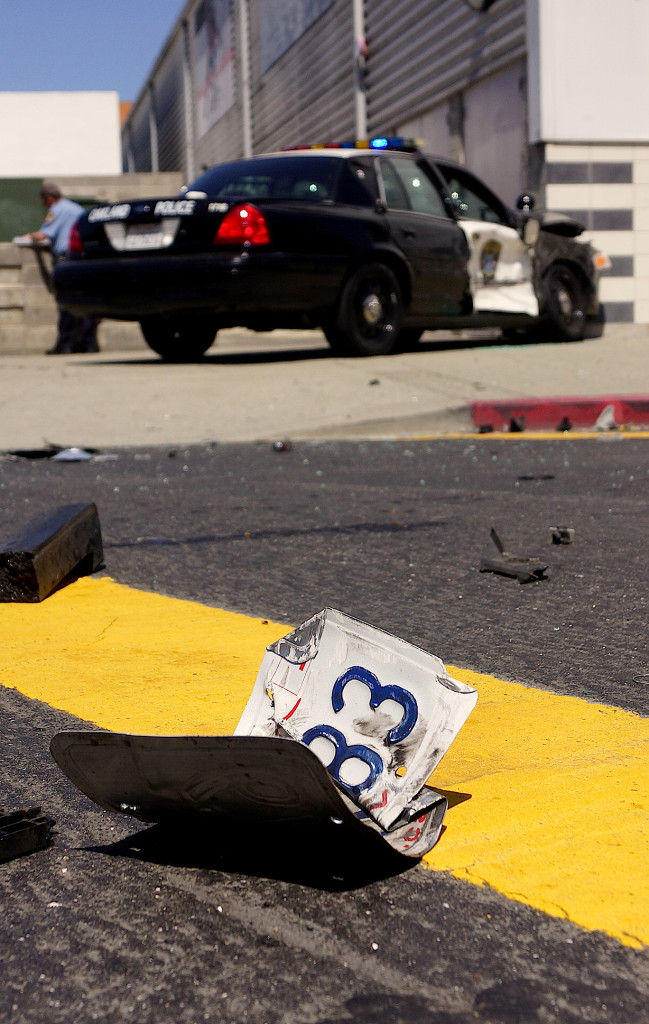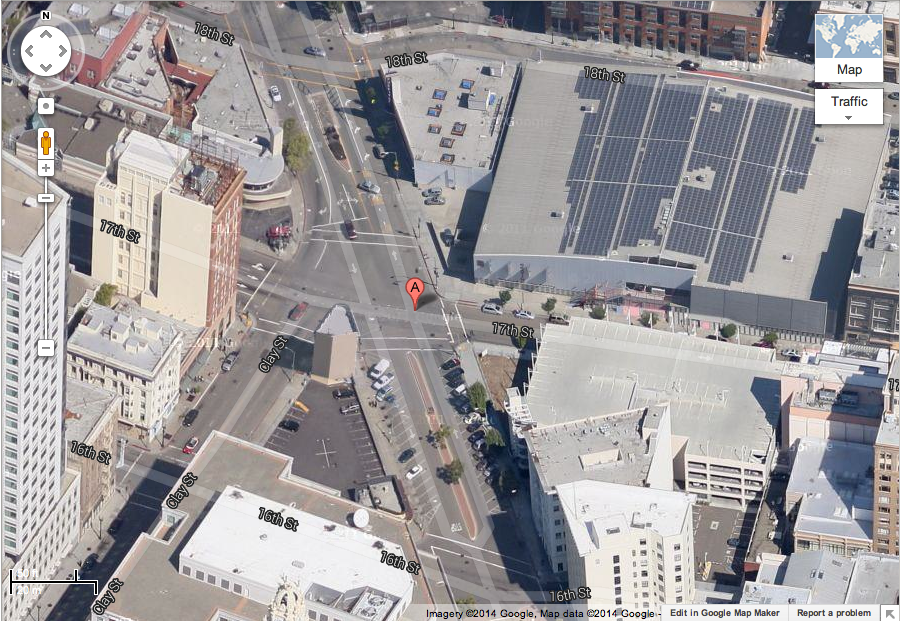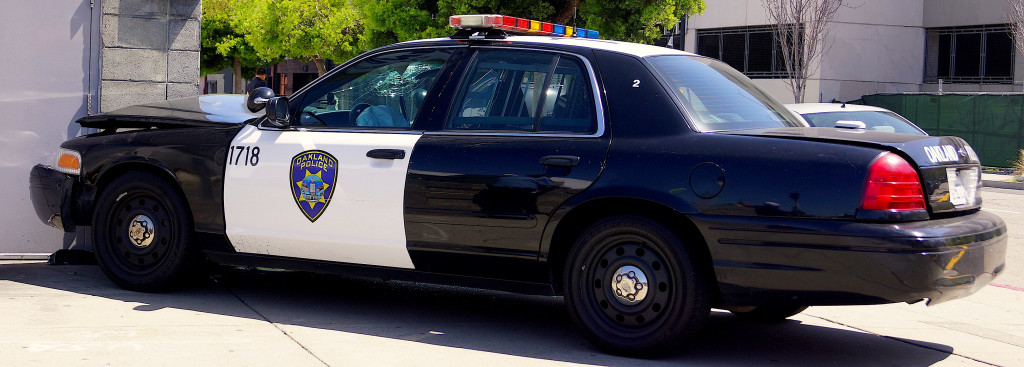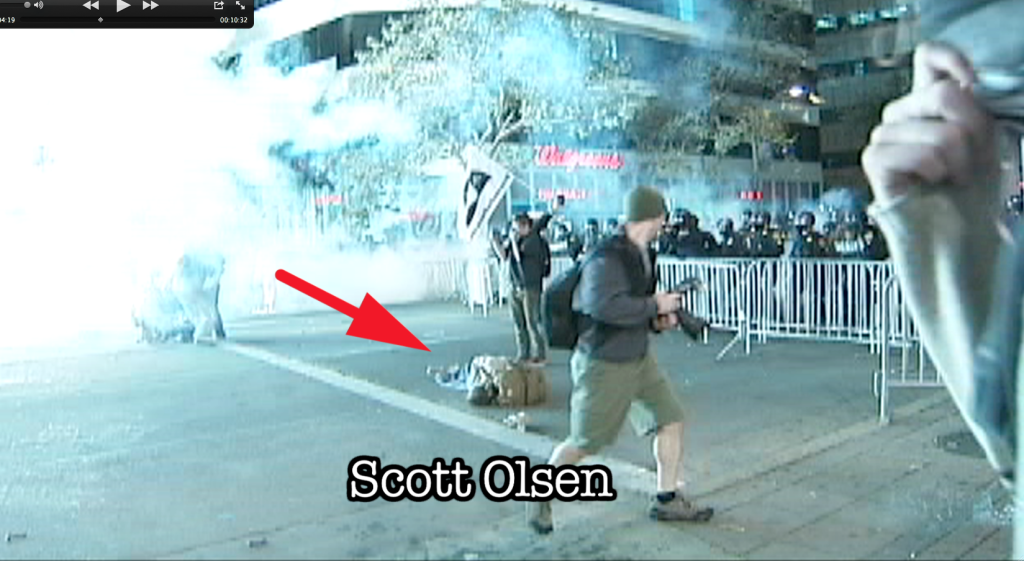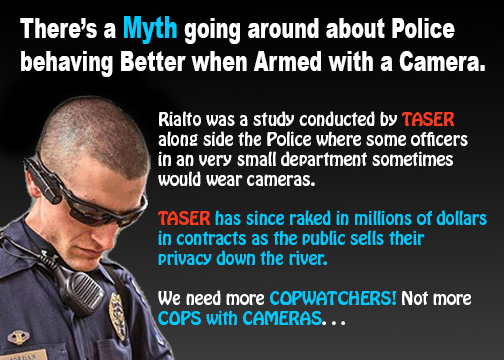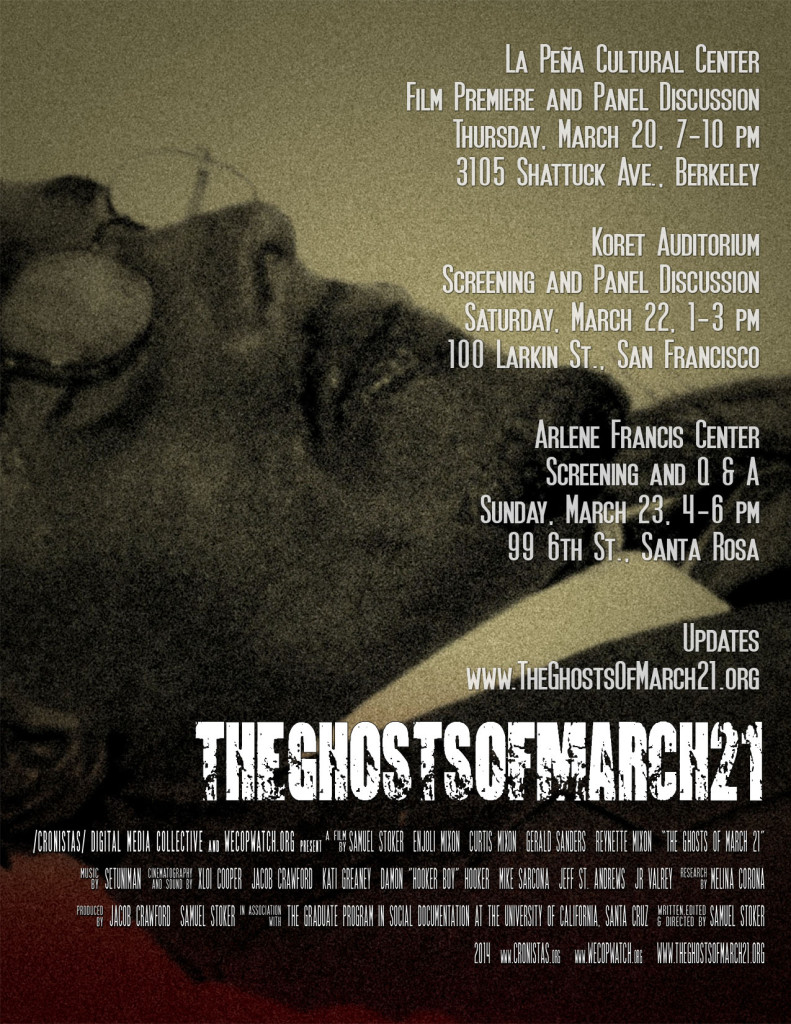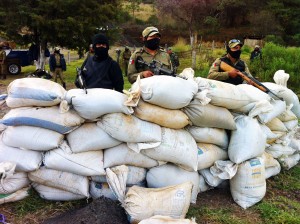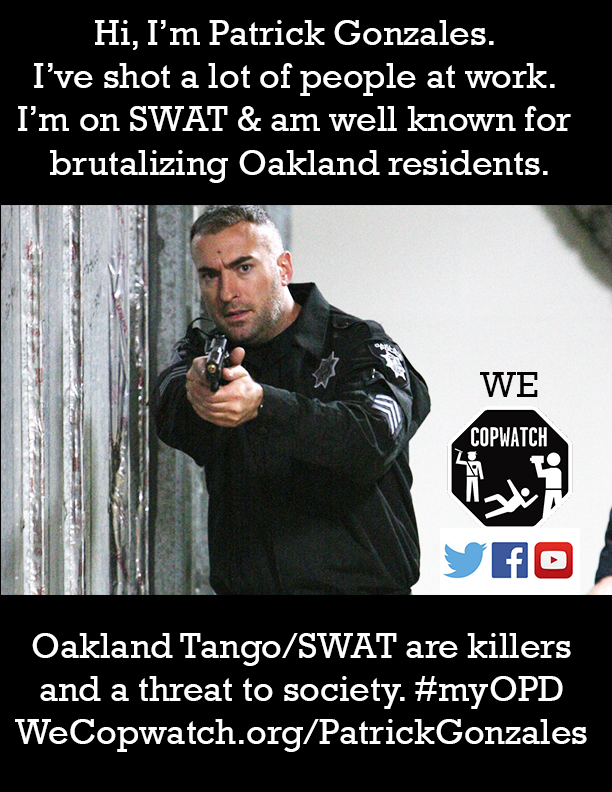
Articles
Deadly Secrets: What Calif. Residents Can’t Know About Police Misconduct- Ali Winston
http://colorlines.com/archives/2011/08/deadly_secrets_how_california_law_has_shielded_oakland_police_violence_1.html
Oakland police: Too quick to fire?-Thomas Peele
http://www.mercurynews.com/ci_23151169/oakland-police-too-quick-fire
Sergeant Patrick Gonzales Confronted During National Day of Action (for Andy Lopez) – Oakland California
http://beforeitsnews.com/alternative/2013/11/sergeant-patrick-gonzales-confronted-during-national-day-of-action-for-andy-lopez-oakland-california-2823768.html
No Criminal Charges for OPD Officer (Patrick Gonzales)-Ali Winton
http://wecopwatch.org/no-criminal-charges-for-opd-officer-patrick-gonzales-2/
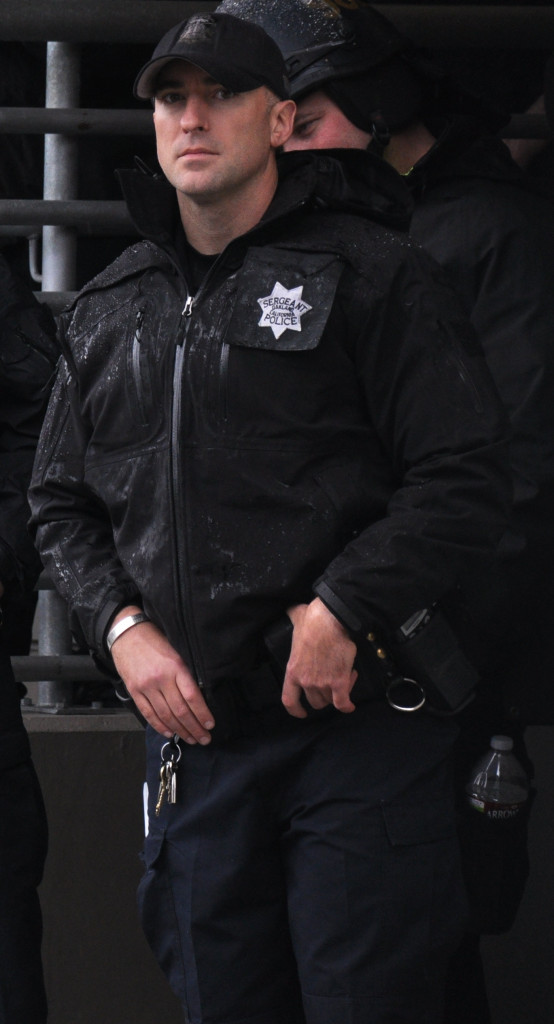
Officer Involved Shootings
Lovelle Mixon
Aged 26, Black, Male
Incident date: 03/21/2009
Alledgedly armed with: Rifle
Status: Killed.
OPB ID: SH00190
Officers involved: Michael R Leite, Patrick M Gonzales
Gary King
Aged 19, Black, Male
Incident date: 09/20/2007
Alledgedly armed with: Handgun
Status: Killed.
OPB ID: SH00175
Officers involved: Patrick M Gonzales
Rollins Ameir
Aged 17, Black, Male
Incident date: 06/05/2006
Alledgedly armed with: Rifle
Status: Injured.
OPB ID: SH00162
Officers involved: Patrick M Gonzales
Joshua Russell
Aged 19, White, Male
Incident date: 03/27/2002
Alledgedly armed with: Firearm
Status: Killed.
OPB ID: SH00127
Officers involved: Patrick M Gonzales, Rudy P Villegas
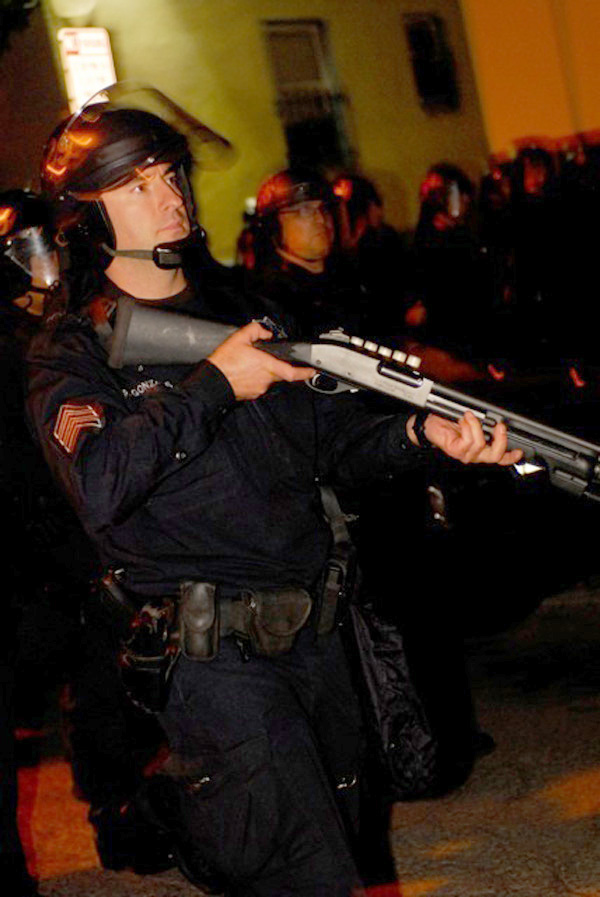
Lawsuits
Lawsuit
Plaintiff(s): Rashan Kountz
Date filed: 2009-11-09
Settlement paid by the city: $4,779,970.00
Plaintiff attorney: John L. Burris, Benjamin Nisenbaum, Gina N. Altomare, Julia Sherwin, Michael J. Haddad
OPB ID: SE00414
Oakland City Attorney file number: SS27508
US District Court case number: 09-cv-05316
Officers named: Evan Frazier, James Bassett, Patrick Gonzales, Rochard E Holton, Shane Tarum
Case Summary
Alleges unconstitutional search by Oakland Police Department officers. Settled along with 16 other similar cases for an umbrella sum of $4.6 million, with the city paying an additional sum of $179,970 for plaintiffs’ attorney fees.
Lawsuit
Plaintiff(s): Ashante Simpson, Gary King Jr., Catherine King, Gary King Sr., Boevi Lawson-Helle
Date filed: 2008-05-09
Settlement paid by the city: $1,500,000.00
Plaintiff attorney: Michael Haddad
OPB ID: SE00360
Oakland City Attorney file number: 26139
US District Court case number: 08-cv-02394
Officers named: Patrick M Gonzales
Case Summary
Fatally shot Gary King Jr., 20, in the back; family disputes OPD’s account of the incident.
Lawsuit
Plaintiff(s): Ameir Rollins
Date filed: 2006-11-20
Settlement paid by the city: $100,000.00
Plaintiff attorney: David I Kelvin
OPB ID: SE00352
Oakland City Attorney file number: 25466
Alameda County Superior Court case number: RG06298877
Officers named: Patrick M Gonzales
Case Summary
Allegedly assaulted and battered plaintiff: Gonzales shot plaintiff, rendering him permanently quadriplegic.
Lawsuit
Plaintiff(s): Ramona Ford, Angelina Ford
Date filed: 2003-07-15
Settlement paid by the city: $2,387,962.00
Plaintiff attorney: Unknown
OPB ID: SE00294
Oakland City Attorney file number: 23333
US District Court case number: 03-cv-03304
Officers named: Allan M Steinberger, Bruce A Worden, Chanelle J Del Rosario, Christopher M Saunders, David A Kozicki, Douglas E Campbell, Frank L Uu, Gary L Tolleson, Jack S Doolittle, James R Fisher, Lawrence J Low, Michael W Nichelini, Patrick M Gonzales, Roberto Gutierrez, Rodney W Yee, Roland A Holmgren, William C Wallace Jr.
Case Summary
Allegedly violated plaintiffs’ civil rights including: engaging in unreasonable seizure; violating Fourteenth Amendment through maltreatment; unreasonable and unlawful force on a discriminatory basis; assault and battery, intentionally inflicted emotional distress. Case involved officers allegedly aiming wooden dowels, bean-bag guns, rubber bullets and other projectiles at plaintiffs, causing injury.
Portions of this content were taken from OaklandPoliceBeat.com
